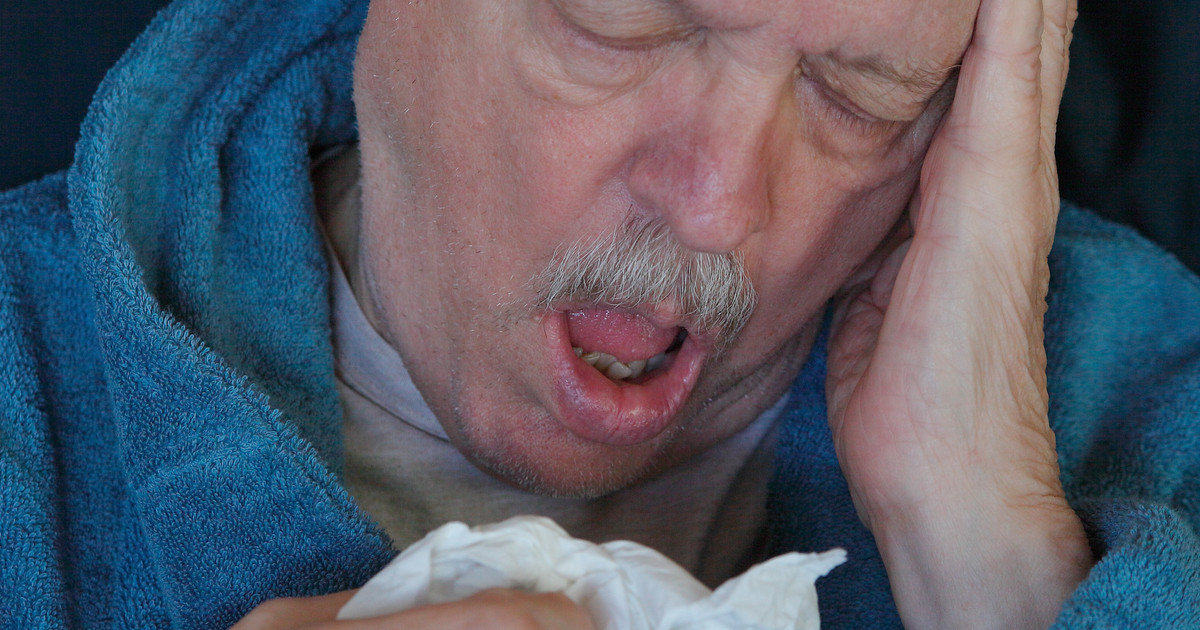Signs And Symptoms Of COPD
Cough And Wheezing

It is very common for chronic obstructive pulmonary disease patients to have a cough and wheezing. Most individuals with this condition have a persistent cough, and they may cough up a significant amount of clear, white, yellow, or green mucus (sputum). The cough associated with this condition is also called 'smoker's cough.' Patients with chronic obstructive pulmonary disease could notice a whistling or squeaky sound as they breathe. This sound is known as wheezing, and it can happen when an individual inhales or exhales.
Wheezing is a sign that the airways have tightened and narrowed. As air passes through a narrowed airway, it vibrates the airway walls, producing the whistling noise. Wheezing can occur if the airways are clogged with mucus. It could also develop when the airways are swollen or inflamed from pollution, cigarette smoke, or other irritants. Bronchospasms and respiratory infections are other common causes of wheezing for individuals with chronic obstructive pulmonary disease. Some patients experience wheezing that comes and goes throughout the day, and they may have days with no wheezing at all. Chest tightness and shortness of breath tend to occur in conjunction with wheezing.
Discover additional chronic obstructive pulmonary disease symptoms now.
Tightness In The Chest

For chronic obstructive pulmonary disease patients, tightness in the chest usually occurs due to respiratory infections, bronchospasms, or airway obstruction. Respiratory infections that involve the lower portion of the respiratory system are especially likely to cause chest tightness. Flu, pneumonia, acute bronchitis, and tuberculosis are some of the respiratory infections associated with this symptom.
Tightness in the chest feels different for each patient. Some patients describe it as a feeling of stiffness in the chest. For other patients, it could feel as though someone is sitting on their chest. It may also feel like their chest is being squeezed. Tightness in the chest that feels worse than usual may be a symptom of an acute exacerbation of this condition. Patients who experience this symptom should contact their doctor for advice. Breathing techniques, pulmonary rehabilitation, and exercise training may be used in combination with inhaled bronchodilators and other medicines to manage tightness in the chest.
Get more information on the warning signs of this condition now.
